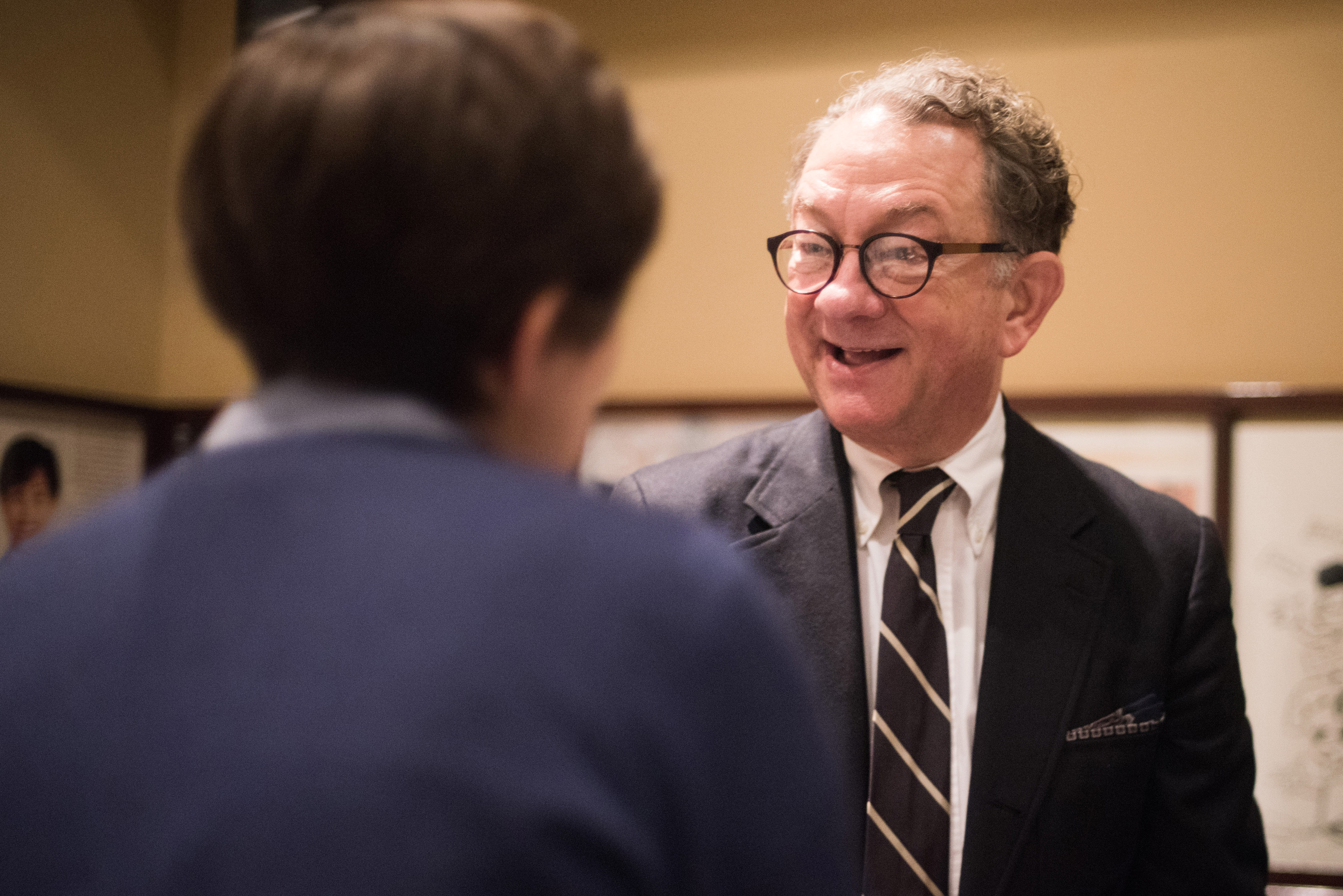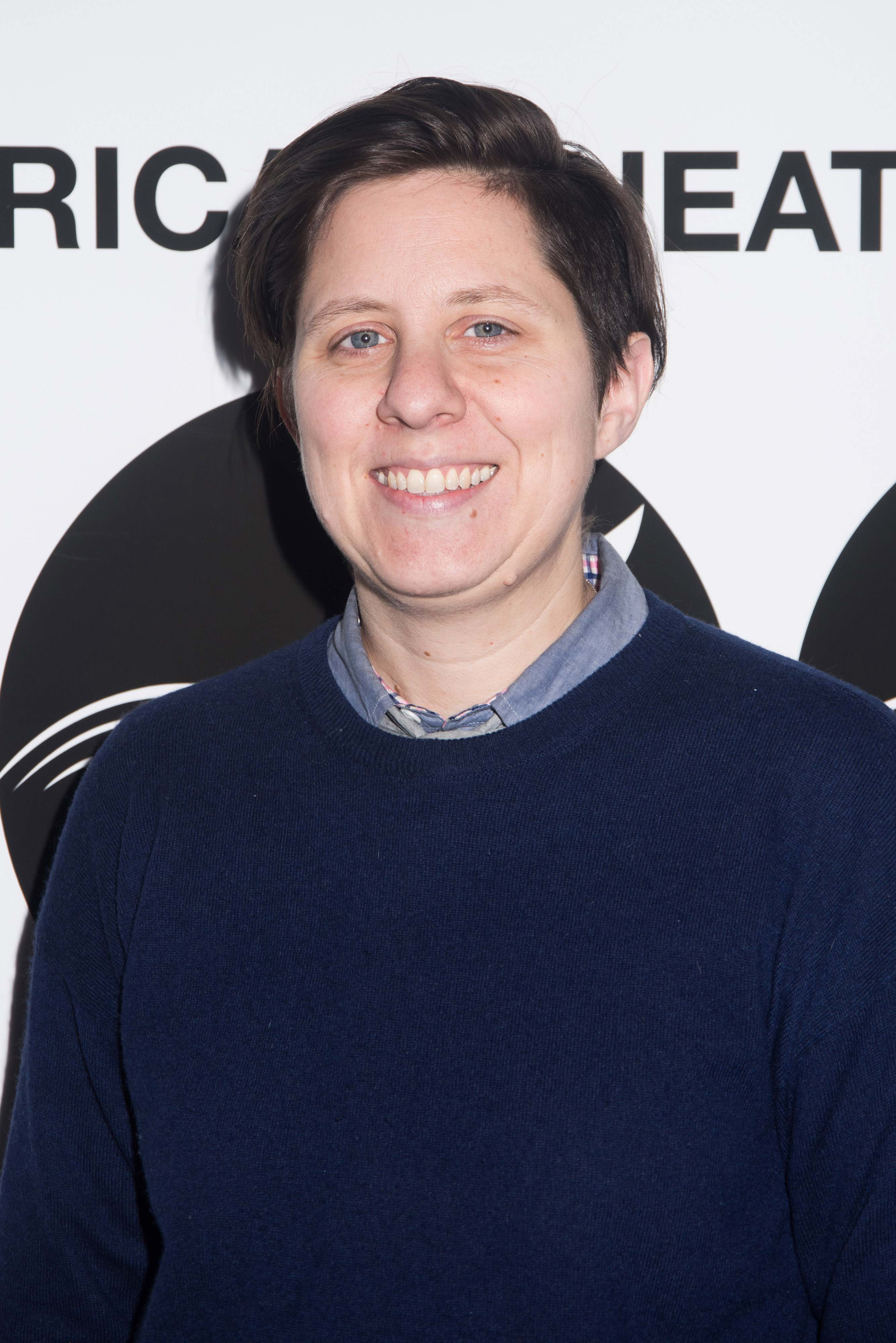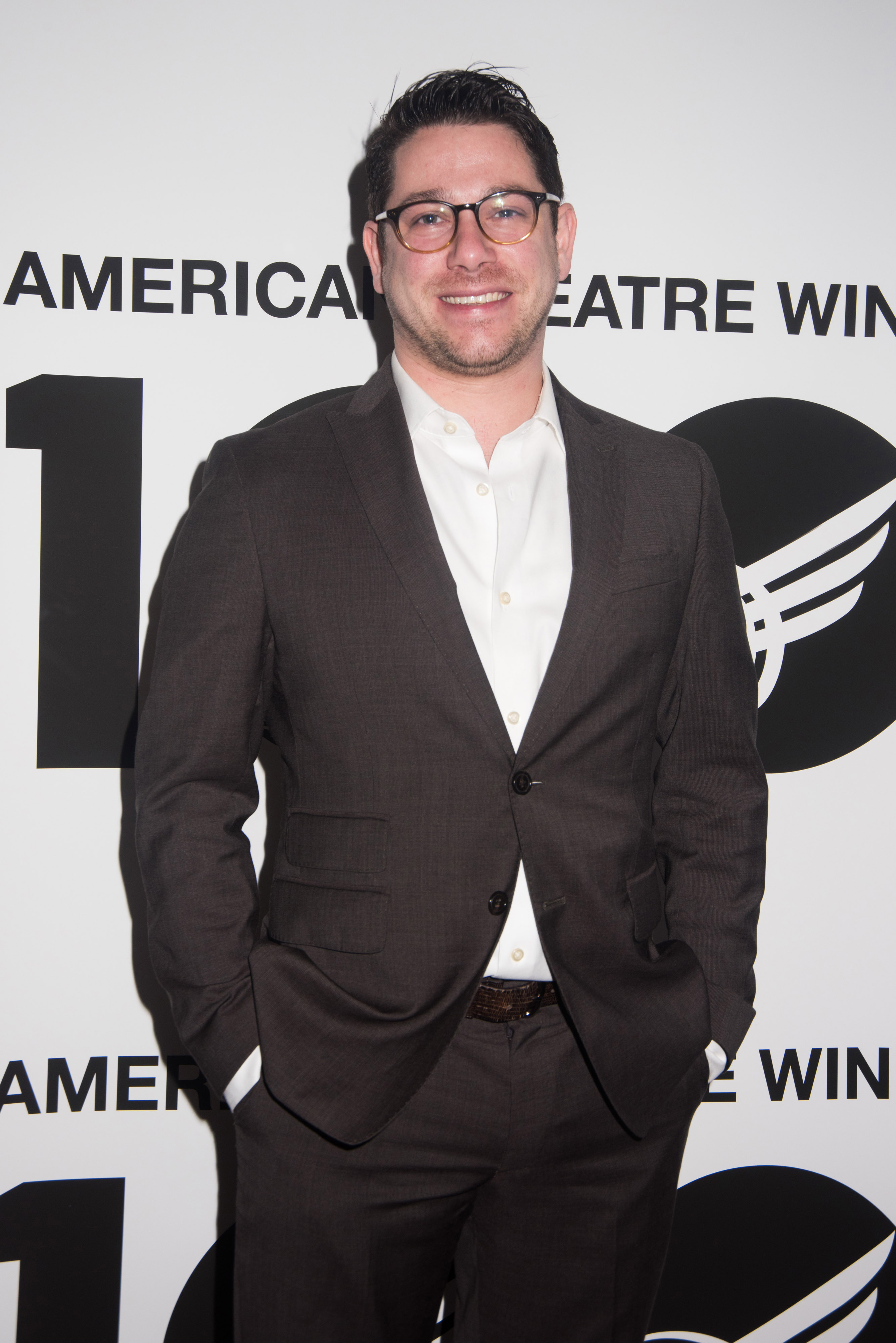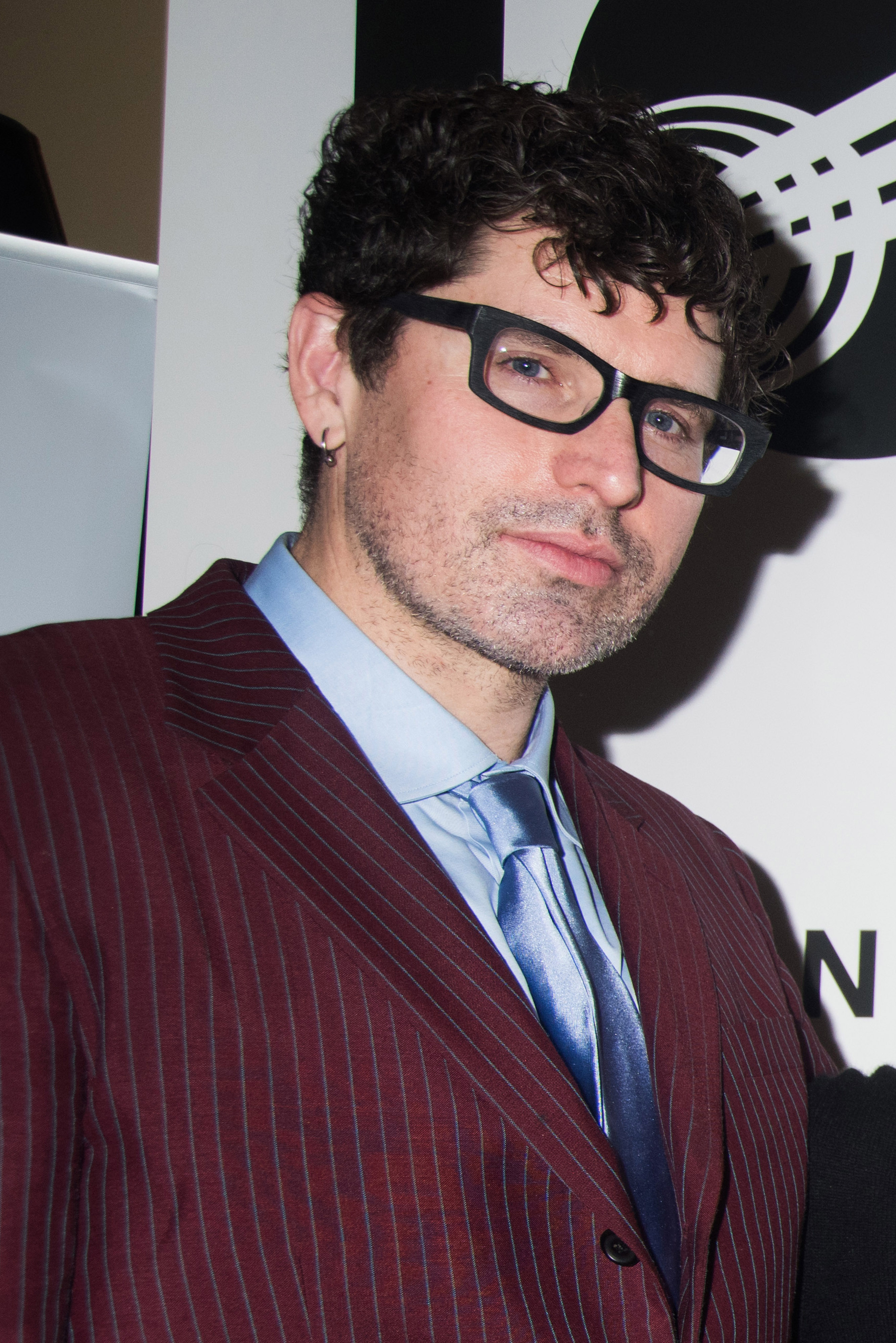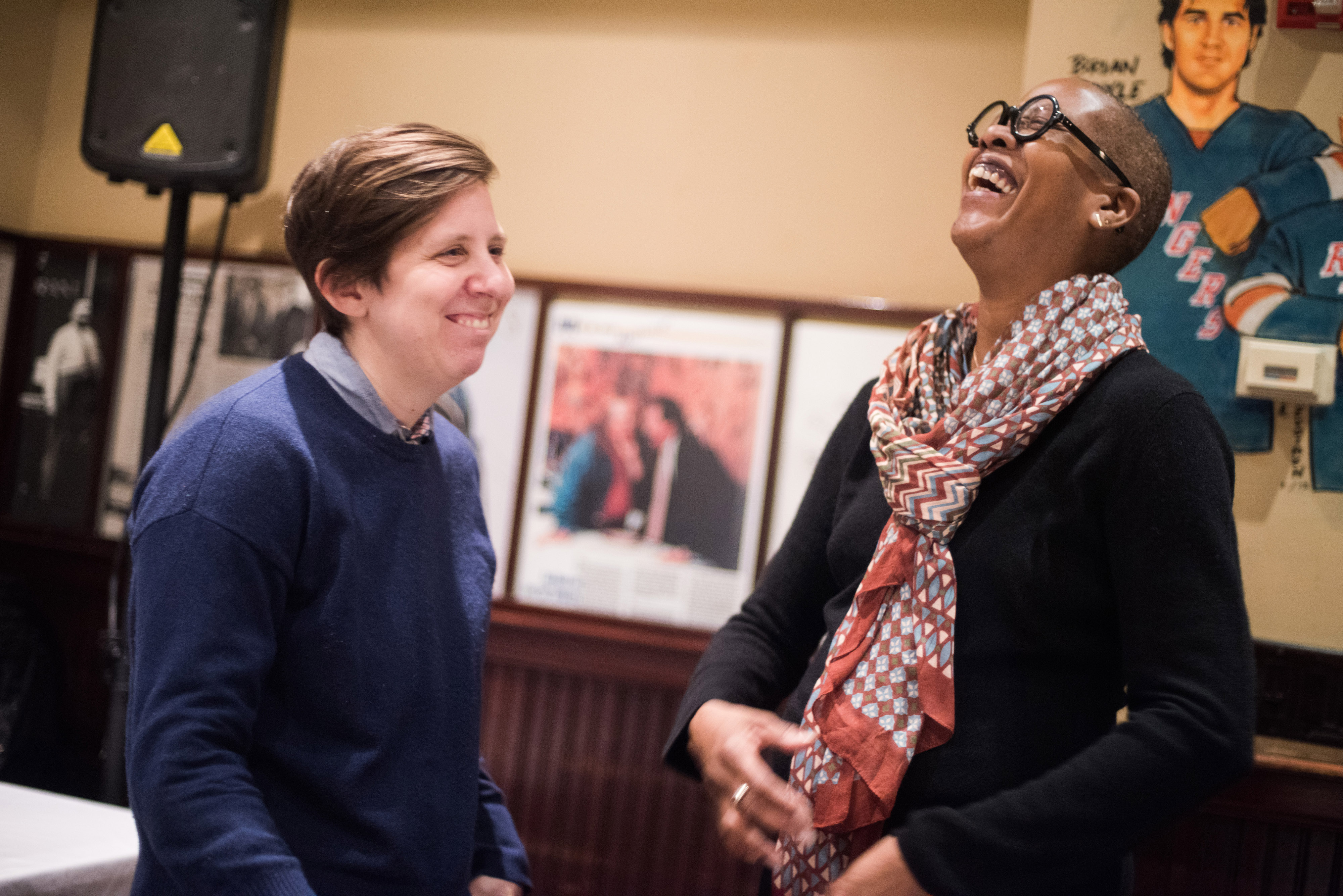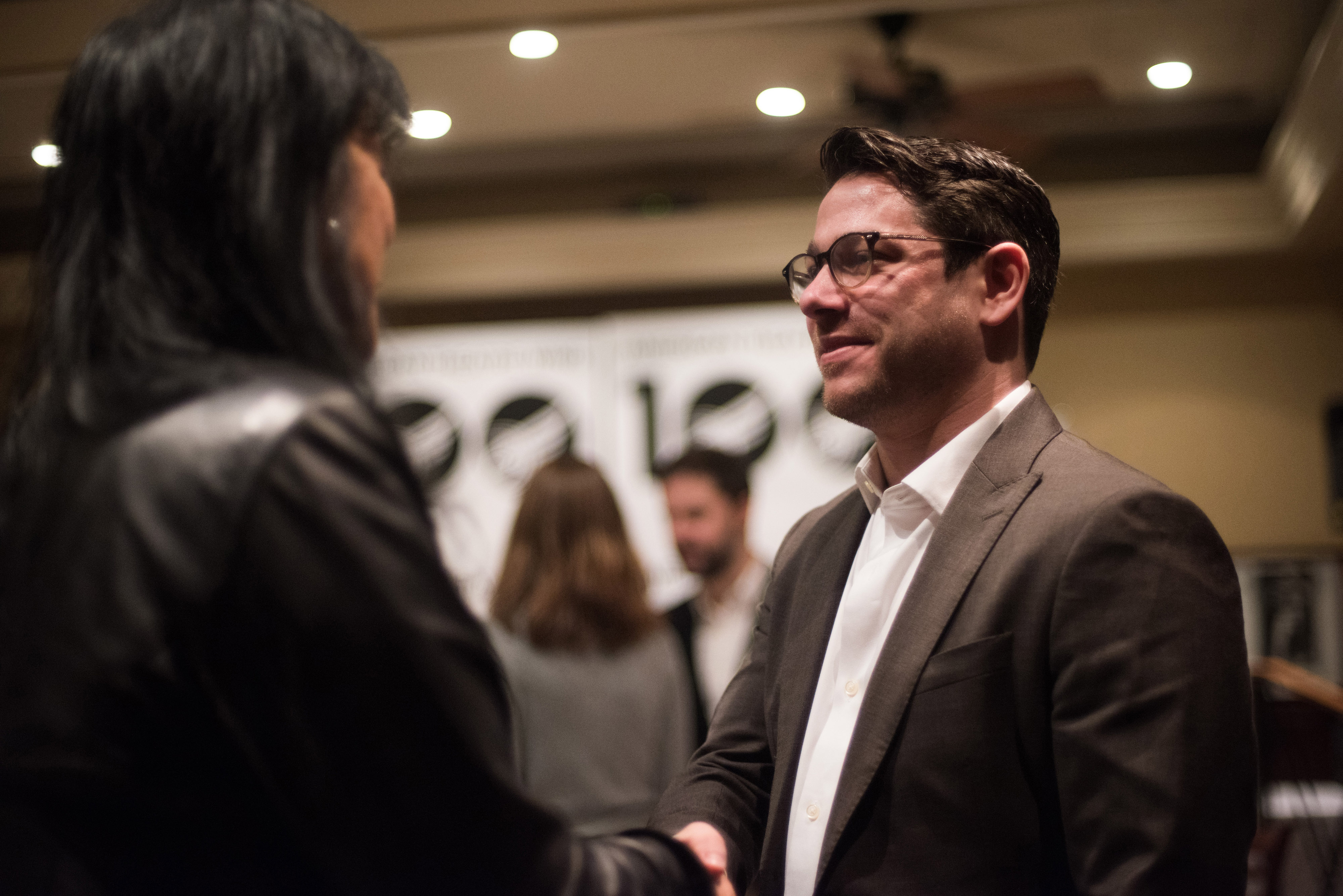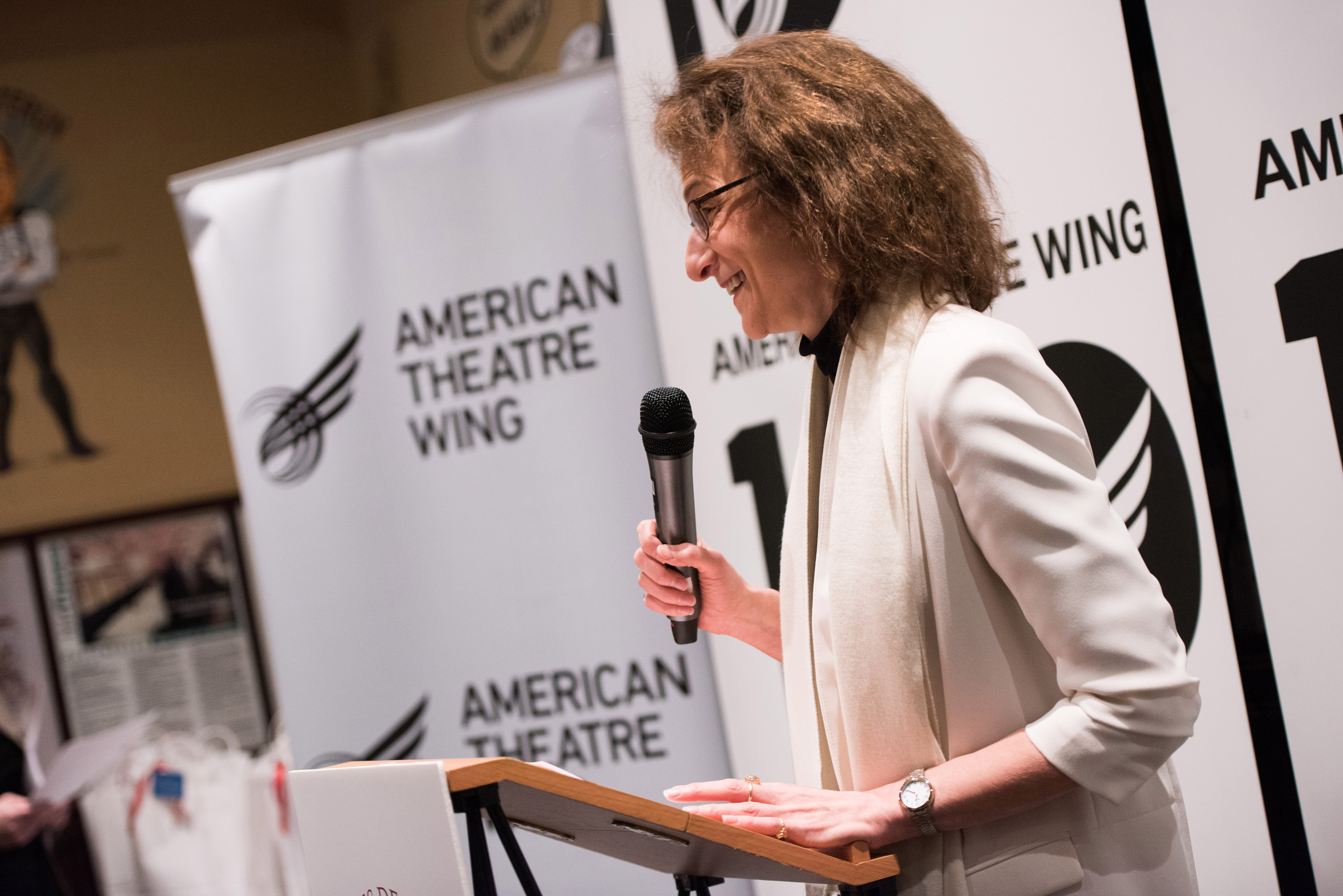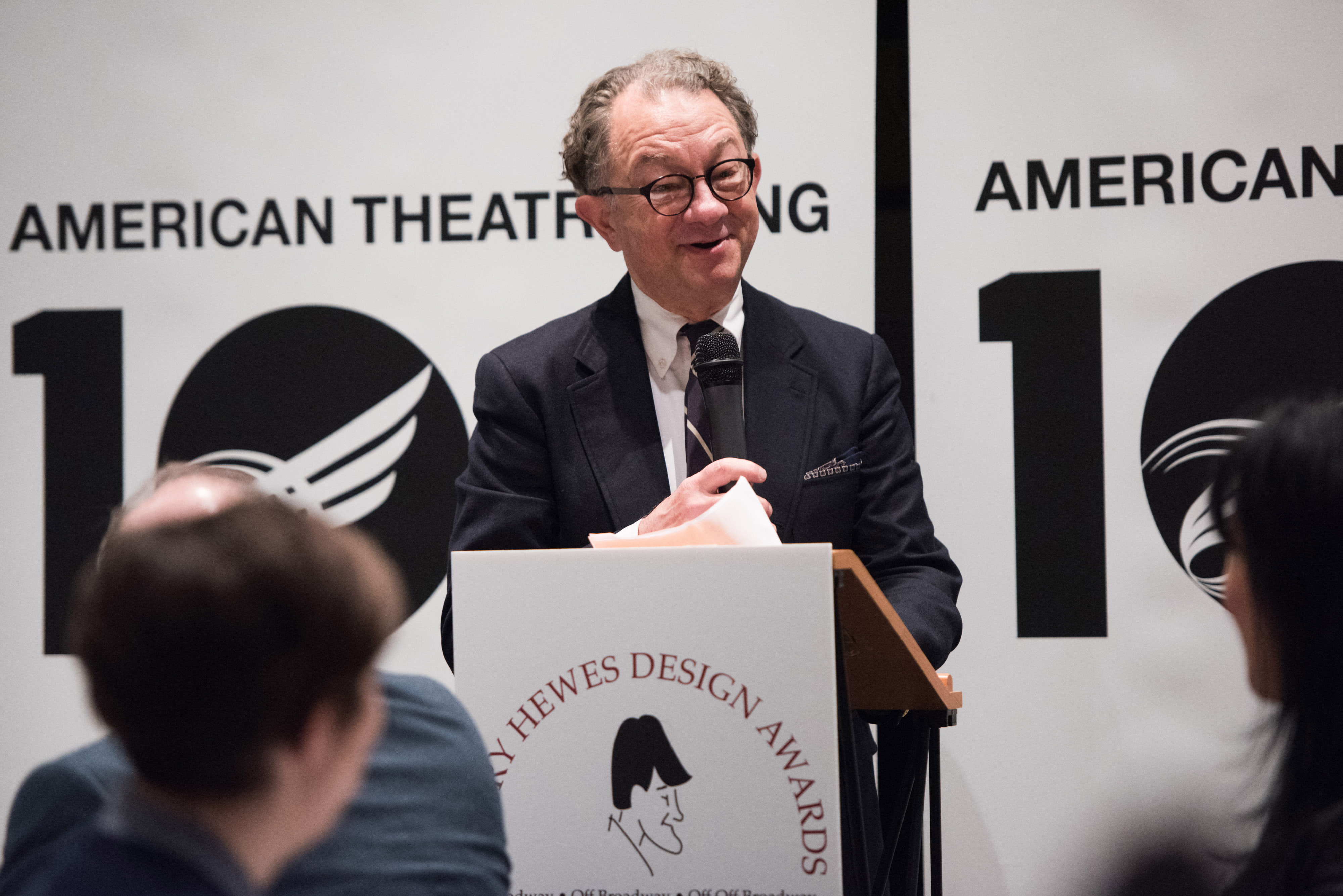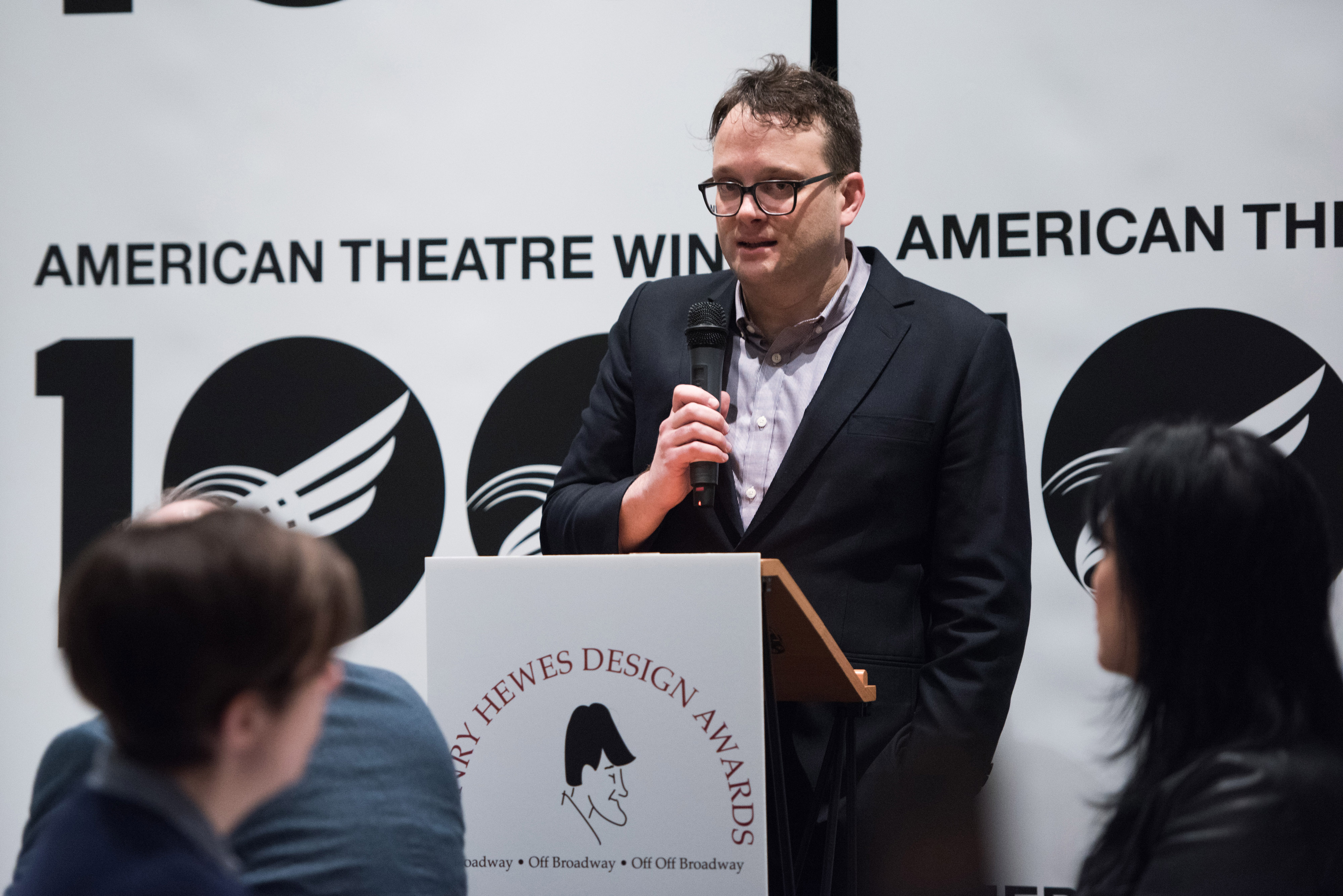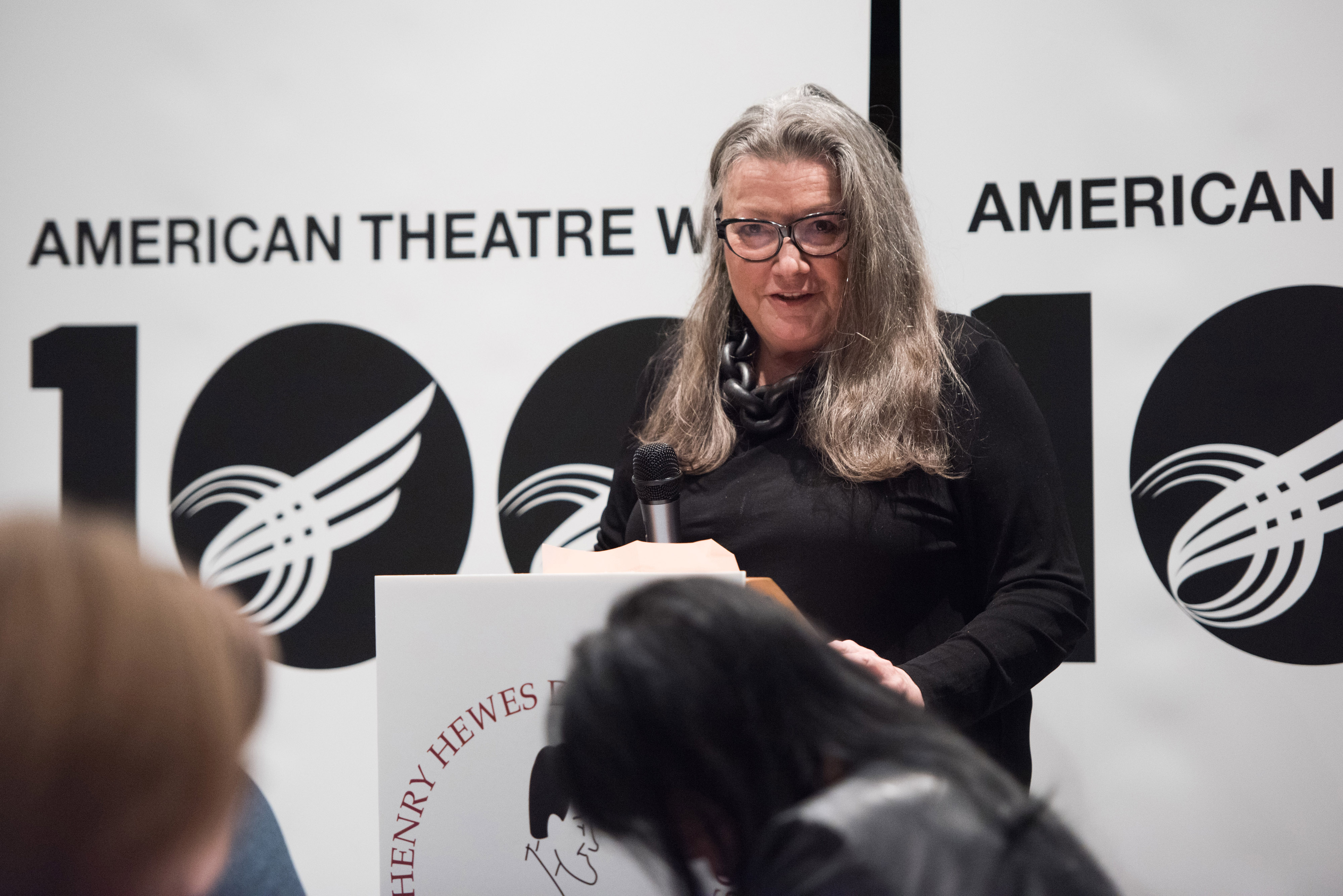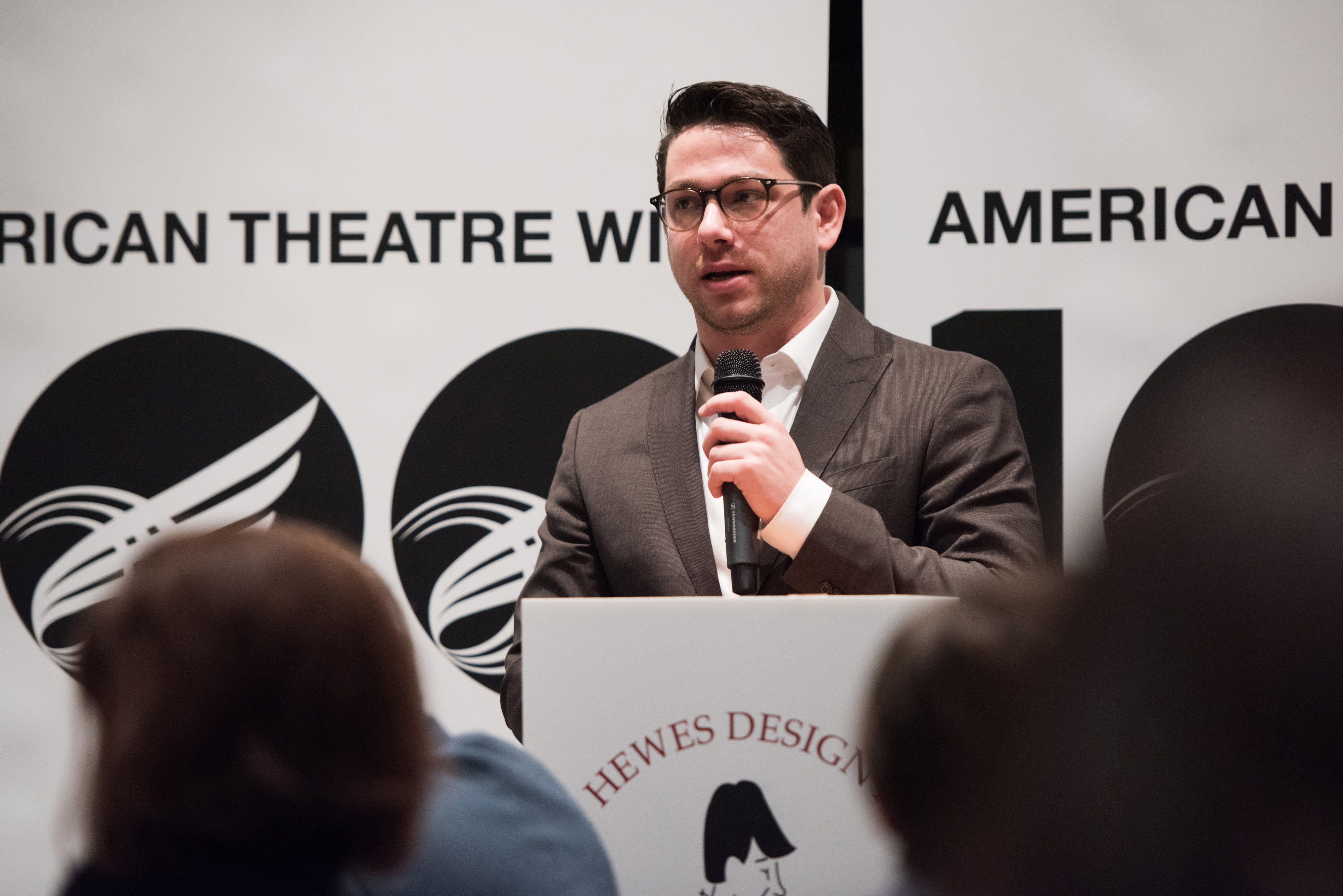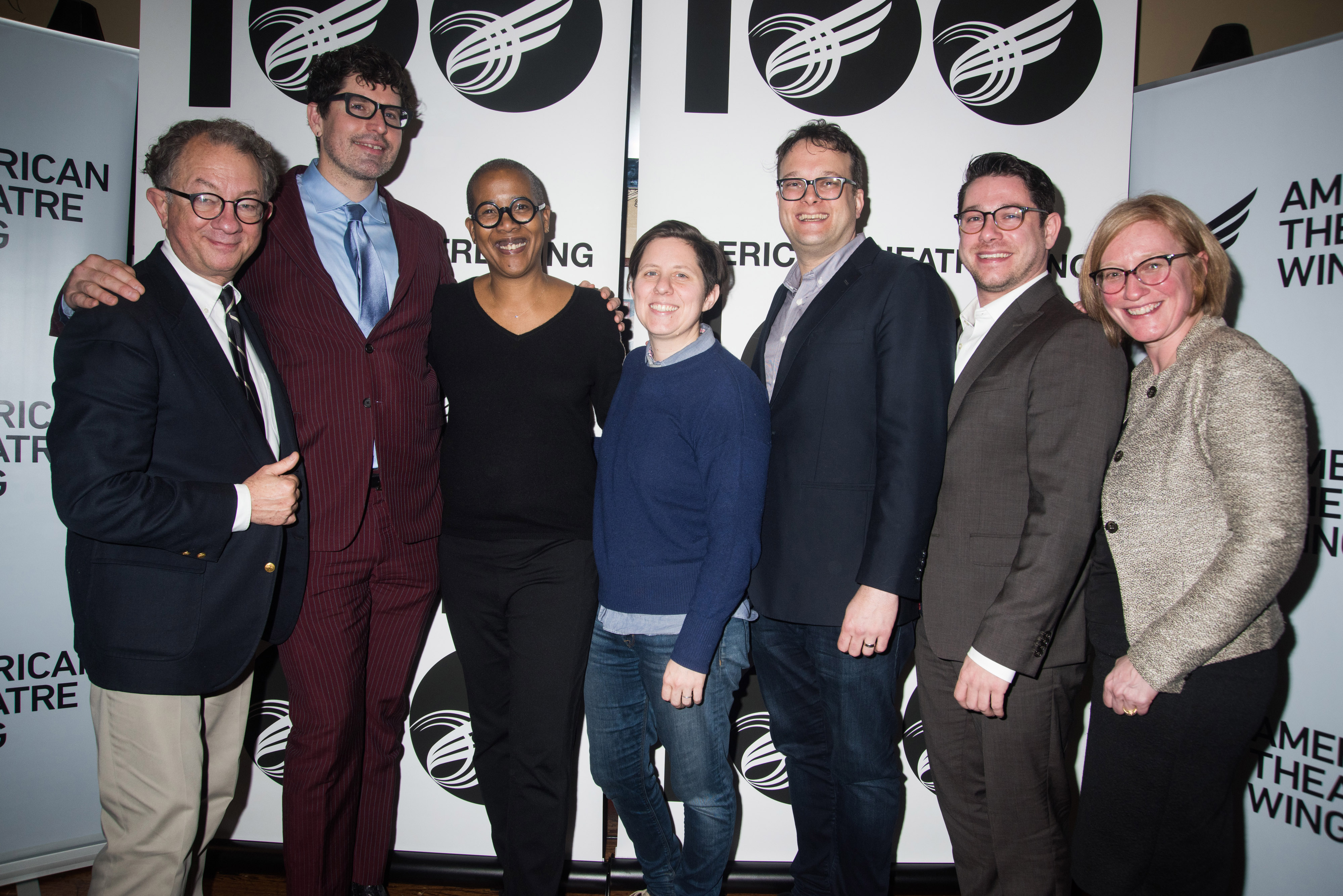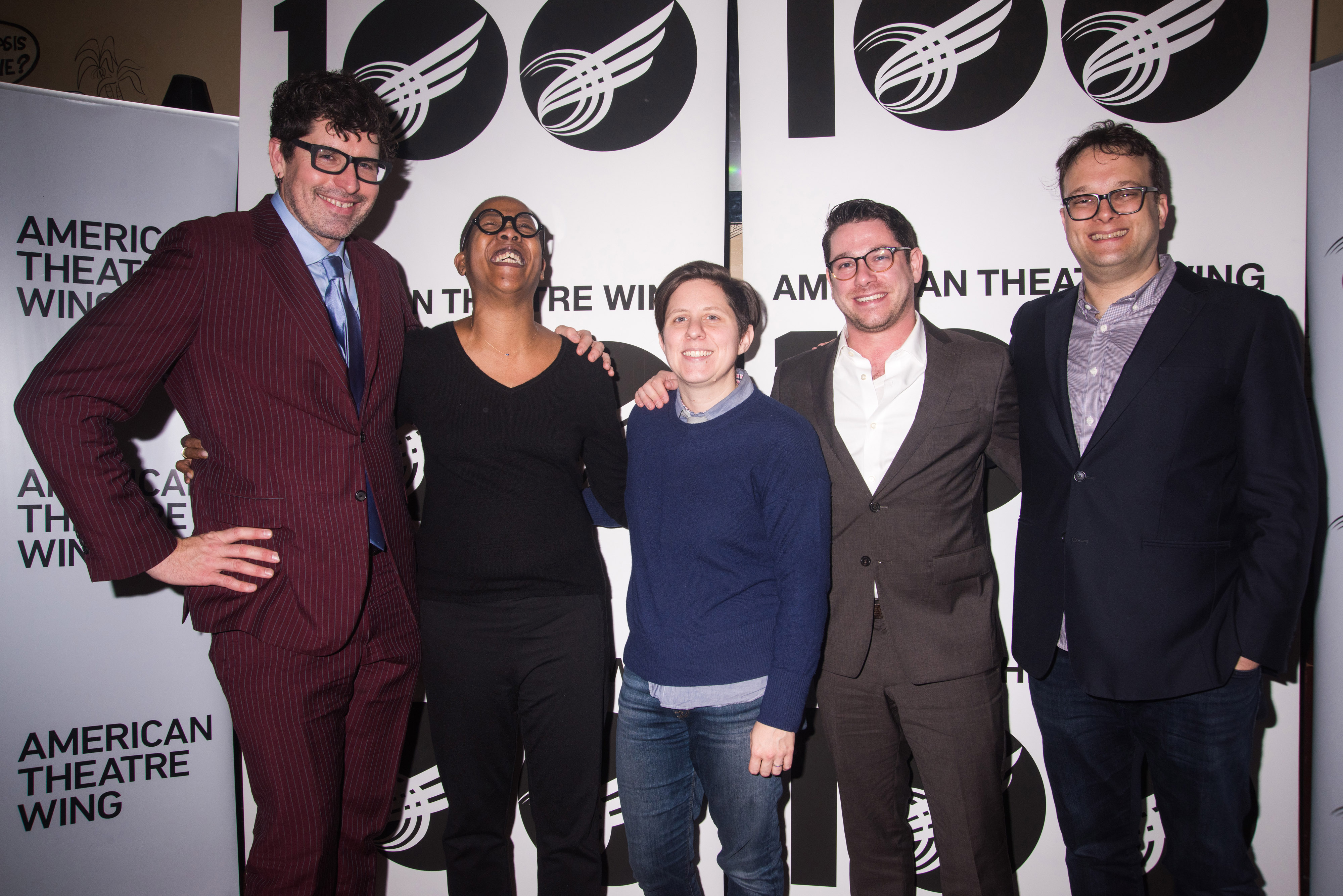
On Tuesday, January 23rd, the Wing presented the 53rd annual Henry Hewes Design Awards, which honor the work of design artists across all venues in New York professional theatre. These awards began as the Maharam Awards, named for their benefactor Joseph Maharam who was an important conrtributor to the theater through his fabrics business. When Mr. Maharam could no longer sponsor the awards, the great Isabelle Stevenson offered to provide sponsorship and the awards were renamed the American Theatre Wing Design Awards. In 1999, the Isabelle Stevenson and Roy Somlyo suggested that the awards were more properly called the Henry Hewes Design Awards due to Henry’s long service to these awards, to the Wing, and to the theater in general. The 2017 honorees were presented by former Hewes Design recipients Natasha Katz, William Ivey Long, and Robin Silvestri.
COSTUME DESIGN
In the area of Costume Design, the committee felt strongly that two designs deserved to be honored, in part, for the very different ways that each of them added greatly to their individual productions.
Our first Costume Design honoree accomplished something fine and rare. It was so fine, in fact, that it might have been nearly invisible. In creating costumes for Come From Away, designer Toni-Leslie James raised the bar for achieving subtlety and nuance in storytelling. One committee member called it a “cunning design.” He continued, “the show has 11 actors but feels like a cast of thousands. Each actor covers several characters, switching identities by adding or removing one or two pieces of clothing. It is costume design in the service of storytelling.” It is a rare and seamless design that enhances action, direction, and every other dramaturgical component. For excellence in storytelling through costume design during the 2016–2017 New York theatre season, Toni-Leslie James receives the 2017 Henry Hewes Design Award for Come From Away.
Taylor Mac’s 24-Decade History of Popular Music, done at St. Ann’s Warehouse in Brooklyn, was one of the hardest tickets to obtain during the 2016–2017 season, but several members of the committee made the 24-hour investment and came away raving about the experience as theatre, as art, and as a construction of community. This was a spectacle both grand and intimate that required the collaboration of numerous great artistic minds. In the costume design area, one committee member wrote that “Machine’s costumes for this project should have won the MacArthur, the Pulitzer, the Nobel. They’re going to be collected in museums. [. . .] This is the pinnacle of modern design—fine art, trash art, queer aesthetics, and joyful drag all in one place.” There is not much higher praise than that! For excellence of imagination and execution during the 2016–2017 New York theatre season, Machine Dazzle receives the 2017 Henry Hewes Design Award for A 24-Decade History of Popular Music.
SCENIC DESIGN
Our 2017 Scenic Design honoree was nominated for three different shows during the 2016–2017 season: A Life, The Light Years, and The Wolves. All three of these productions demonstrated to the committee that Laura Jellinek was a designer to be celebrated and it is for A Life at Playwrights Horizons that we celebrate her today. One member of the committee wrote about this scenic design “At first, this appears to be a routine apartment interior. Then the play takes wild turns, and the entire set turns over to reveal a startling, and thoroughly unexpected, location. This would be a feat anywhere—but upstairs at Playwrights Horizons, it is an act of prestidigitation.” Another agreed, noting, “Anyone who saw this show can attest—the transformation [. . .] haunts them still. I can see that couch tilting backward. If you’d only seen the set transition, you would have understood the play’s premise and message.” For excellence in transforming theatrical worlds in the 2016–2017 New York theatre season, Laura Jellinek receives the 2017 Henry Hewes Design Award for A Life.
LIGHTING DESIGN
Great lighting designers “paint” with light, evoking mood, subtext, and location in ways that drive the stage narrative without pushing it too hard. This is the art that Tyler Micoleau demonstrated in The Band’s Visit at Atlantic Theater Company with his spare and elegant visual aesthetic. As committee members noted, this is a design that was “very artfully done,” creating a “strong sense of place” while washing the landscape with “a colorful sunset [or] a lamplit living room,” and a riot of “saturated color for a sequence set in a roller rink.” The best lighting often seems to come from within the subject or object under the lamp. In this design, however, it was also interesting to note what was not in the central focus, but was partially obscured by the absence of illumination—which is also an important part of the narrative. For excellence in Lighting Design during the 2016–2017 New York theatre season, Tyler Micoleau receives the 2017 Henry Hewes Design Award for The Band’s Visit.
NOTABLE EFFECTS
The significance of Media Design, which covers a multitude of design modes that enhance theatrical presentation while exploring the leading edge of new technologies. This year’s honoree in Notable Effects impressed the committee with his projection design for Vietgone at Manhattan Theatre Club. An immigrant tale told against the backdrop of the end of the Vietnam War, Vietgone comes to a somewhat surprising conclusion about the outcome of that war and its impact on those who were forced to flee. Jared Mezzocchi’s projection design manages to elevate a somewhat dark, though sometimes dark, tale with, as committee members noted, a “parade of big, comic-book-style images,” which was “excellent” and a “perfect fit” for the production. For excellence in Notable Effects through projection design during the 2016–2017 New York theatre season, Jared Mezzocchi receives the 2017 Henry Hewes Design Award for Vietgone.
- Wing President Heather Hitchens kicks off the 2017 Hewes Design Awards
- Wing Trustee William Ivey Long
- Laura Jellinek – winner for Scenic Design – A Life (Playwrights Horizons)
- Tyler Micoleau – winner for Lighting Design – The Band’s Visit (Atlantic Theater Company)
- Toni-Leslie James – winner for Costume Design – Come From Away (Broadway)
- Jared Mezzocchi – winner for Notable Effects (Projection Design) – Vietgone (Manhattan Theatre Club)
- Machine Dazzle – winner for Costume Design – Taylor Mac: A 24-Decade History of Popular Music (St. Ann’s Warehouse)
- Wing Trustee Evan Shapiro and Jared Mezzocchi
- Laura Jellinek and Toni-Leslie James
- Wing Advisor Nadine Wong and Jared Mezzocchi
- Wing Trustee Natasha Katz
- Presenter Robin Silvestri


